- With a motorised vehicle, it was possible to prove that this innovative technology meets the minimum requirements to increase safety in the transit of driverless vehicles by providing them the necessary information with sufficient quality and speed
- The simulation was run in front of Hospital del Mar with AI and vehicular communication applications developed by i2cat research centre under the direction of Parlem, with a 5G network in testing deployed by Cellnex, and the participation of Masmóvil and Lenovo
- This is the second use case in which Parlem participates within the framework of the 5G Catalunya pilot, awarded by Red.es to a joint venture formed by eight companies led by Cellnex Telecom and the Masmóvil Group, in which Aumenta Solutions, a company specialised in augmented reality for industry; engineering company Atos; Nae consultants; technology company Lenovo, and Nearby Computing, a start-up, also participate
5G applied to autonomous mobility can be an innovative and reliable solution for safer driverless vehicle mobility. This was demonstrated by a pilot test run in Barcelona, led by Parlem Telecom, within the 5G Catalunya project, which developed and validated it. This technology incorporates communication standards over the 5G mobile network facilitating the communication of various autonomous devices, under the V2X protocol. A monitored vehicle receives live, high-quality images of the incidents it will encounter along its route, with sufficient speed to react and anticipate the possible obstacle or risk. The simulation was carried out thanks to the AI-driven image recognition and vehicular communication applications developed by i2cat research centre under the direction of Parlem. These applications are installed on Lenovo’s edge computing server and are used through the network deployed by Cellnex with the frequencies owned by Masmóvil.
Initially, the project was to be an autonomous bus connected by 5G to quickly and safely service internal movements between the various trade fair and congress pavilions of the Fira de Barcelona exhibition centre. In the end, the pilot test was conducted using a manned and geolocated vehicle, and it found that the network supports ultra-low latency, which makes it possible to send useful information quickly enough, and enables communication between moving devices by sending extremely high-quality images in real time. In doing so, the project validated the usefulness of 5G networks for safe autonomous driving.
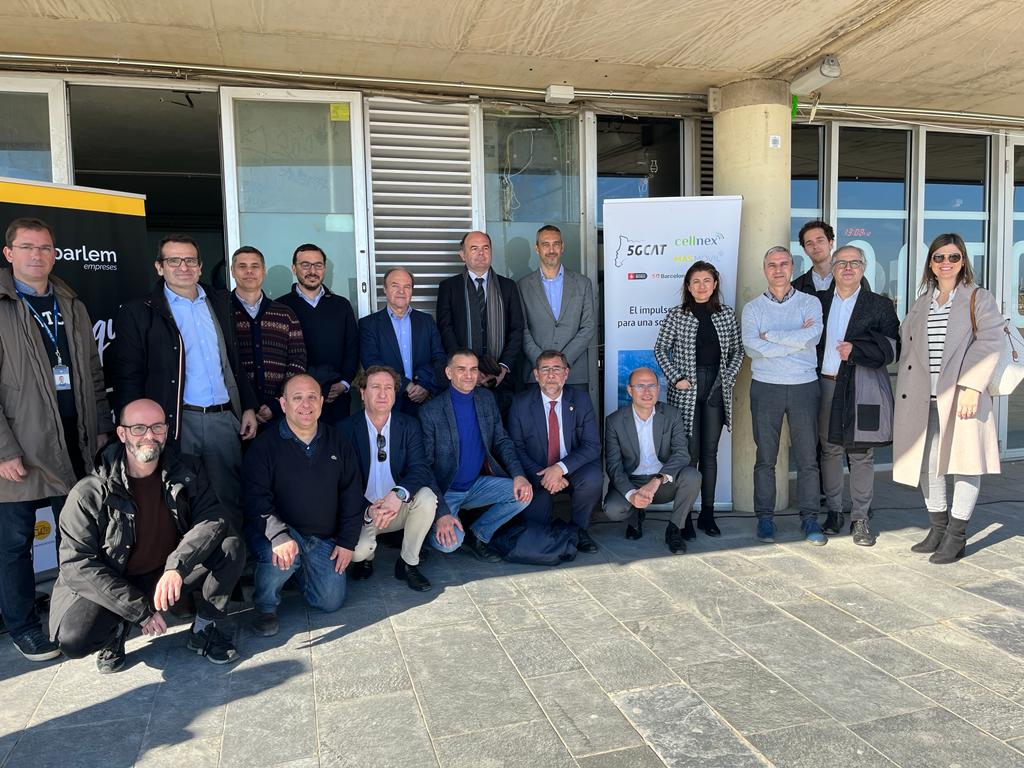
The presentation, which took place on Somorrostro beach in front of the Hospital del Mar, sought to enhance driving safety and verify that 5G technology meets the minimum requirements to enable autonomous driving. It was attended by Ignasi Tribó, General Corporate Director of Parlem; Antonio Fernández-Paniagua, Deputy Director of Spectrum Planning and Management for the Ministry of Economic Affairs and Digital Transformation; José Antonio Aranda Legazpe, Product Strategy and Innovation Director at Cellnex Telecom; Sergi Figuerola, CTO of I2cat; Francisco Javier García Vieira, Director of Digital Public Services, and María Fernández Rancaño, Deputy Director of Electronic Public Services, at Red.es, and José Luis Ruiz Mendoza, of the 5G National Plan Technical Office.
This simulation is the second of seven use cases comprising the 5G Catalunya project, which was awarded by Red.es, a public business entity attached to the Ministry of Economic Affairs and Digital Transformation, to a joint venture of eight companies led by Cellnex Telecom and the Masmóvil Group, in which they participate, along with the operator Parlem Telecom; Aumenta Solutions, a company specialised in augmented reality for industry; engineering company Atos; Nae consultants; technology company Lenovo and the Nearby Computing start-up, a spin-off of the Barcelona Supercomputing Center; with the support of the Mobile World Capital Barcelona Foundation. The 5G Catalunya project has a total budget of €5.4 million and is co-financed by the European Regional Development Fund (ERDF).
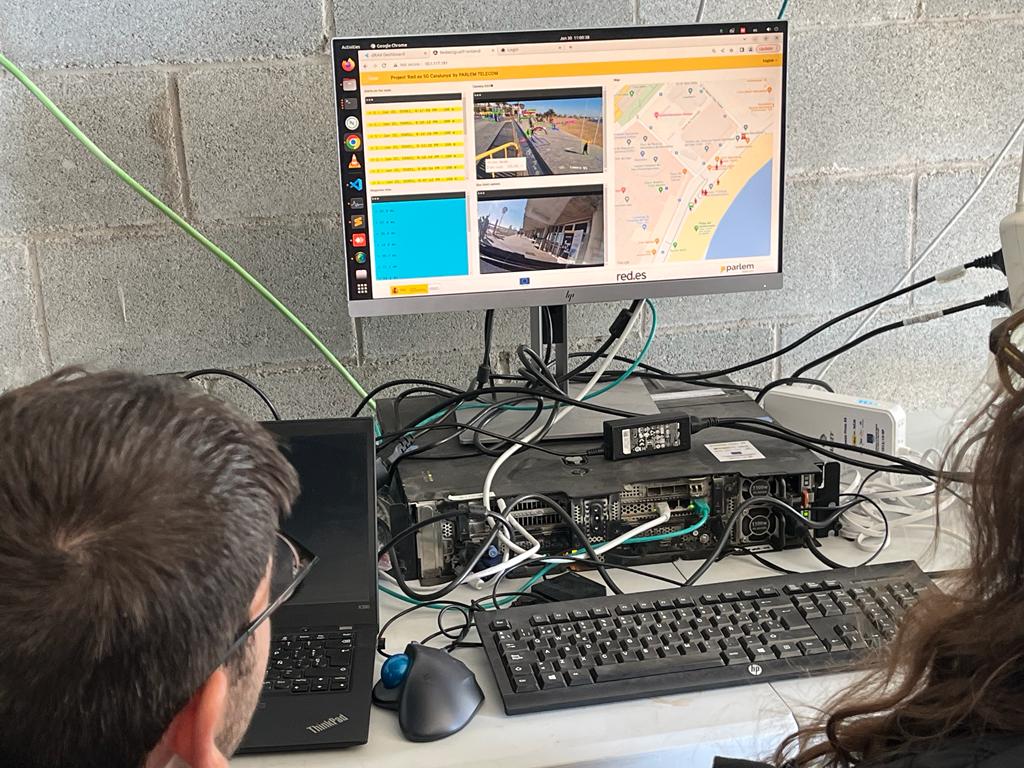
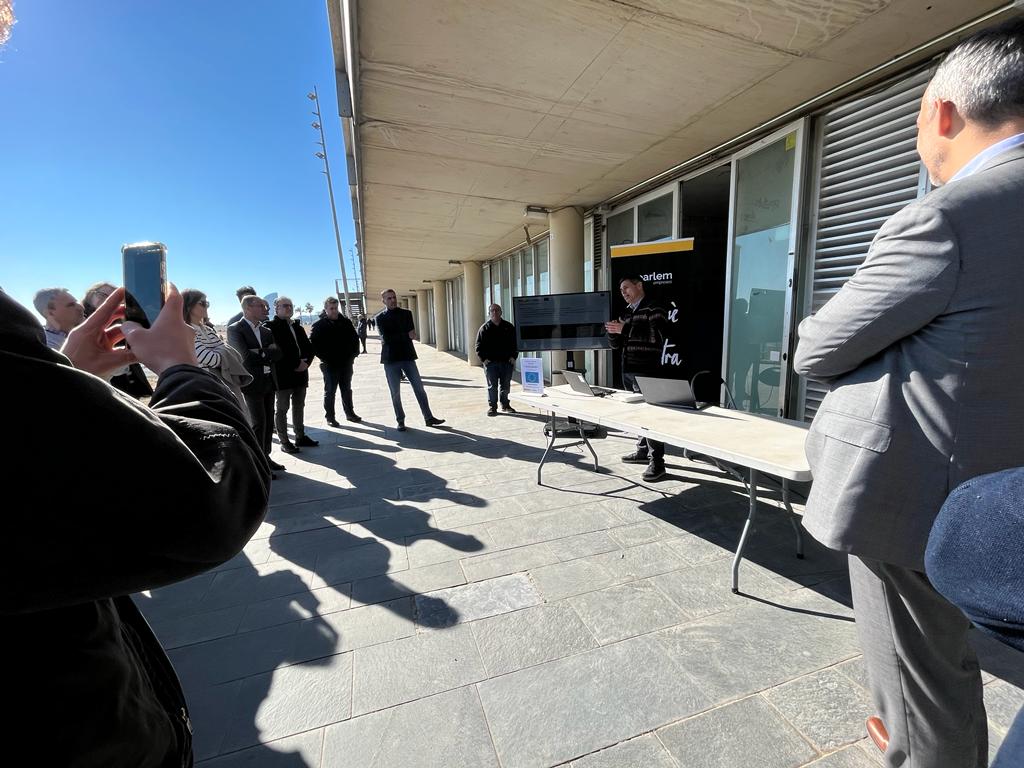
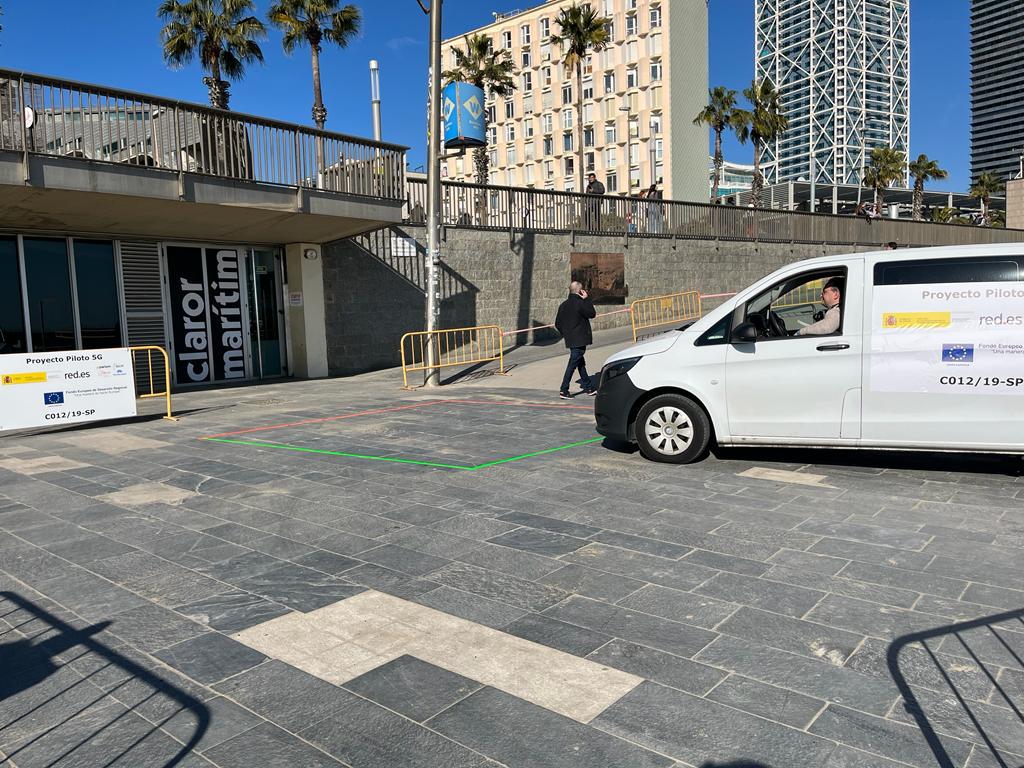
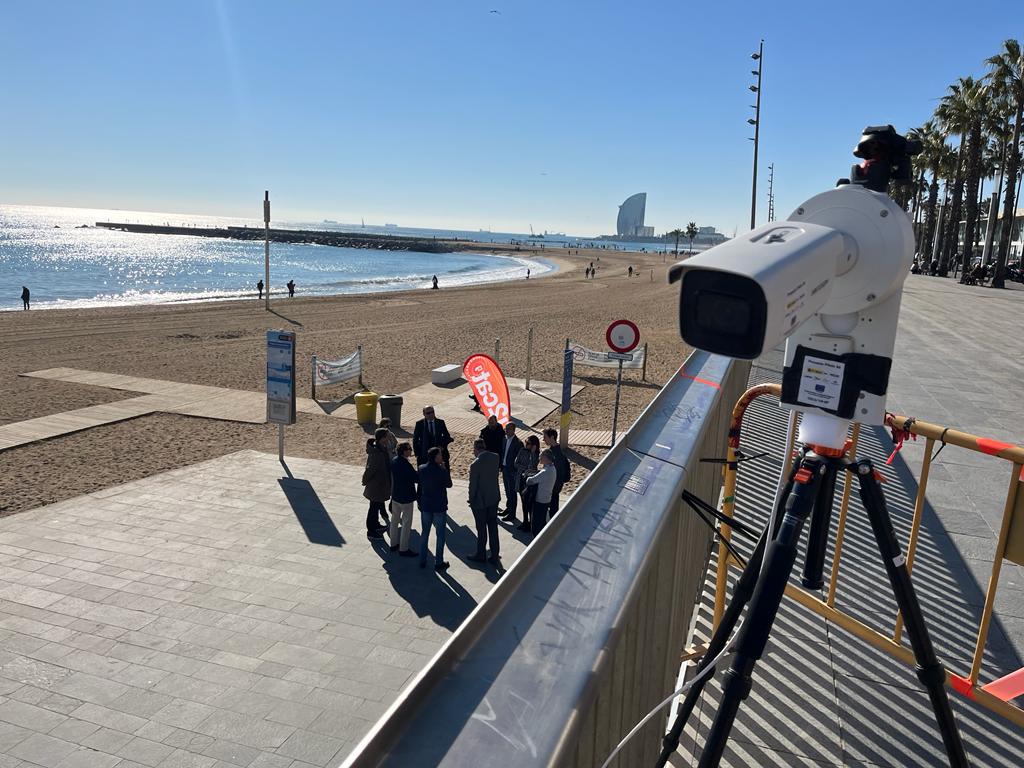
The cases aim to develop 5G technology-based solutions for urban environments (mobility, distance learning, industrial sector, remote purchasing, audiovisual transmission, security and emergency management and connectivity to areas with high seasonal employment). The objective is to promote digital transformation in various areas of people’s lives, helping to consolidate the implementation of a technological ecosystem that will undoubtedly act as a lever for development both socially and economically.
The first use case involving Parlem, which was presented in April last year, was the simulation of an immersive, personalised, real-time online shopping experience at Barcelona’s Mercat de la Boqueria. The test showed how users could choose specific items from their devices (PC, tablet, cell phone) from various market stops, advised by a personal shopper equipped with ultra-high definition augmented reality glasses.
About 5GCat
The 5G Catalunya project was one of the winners of the second call for funds to develop 5G pilots that was launched in late 2019 by Red.es —an entity of the Ministry of Economic Affairs and Digital Transformation— within the National 5G Plan. The initiative is co-financed by the European Regional Development Fund (ERDF). 5G Catalunya is developed by a consortium of eight companies led by Cellnex Telecom and the Masmovil Group, along with Catalan operator Parlem Telecom; Aumenta Solutions, a company specialised in augmented reality for industry; engineering company Atos; Nae consultants, technology company Lenovo and the Nearby Computing start-up, a spin-off of the Barcelona Supercomputing Center. In addition, the project is supported by the Mobile World Capital Barcelona Foundation.
The pilot consists of seven use cases aimed at developing solutions based on 5G technology for urban environments, specifically in mobility, remote education, industrial sector, remote purchasing, audiovisual transmission, security and emergency management and connectivity in areas with high seasonal occupancy.
These seven use cases aim to drive digital transformation in various areas of people’s lives, helping to consolidate the implementation of a technological ecosystem that will undoubtedly act as a lever for development both socially and economically.
